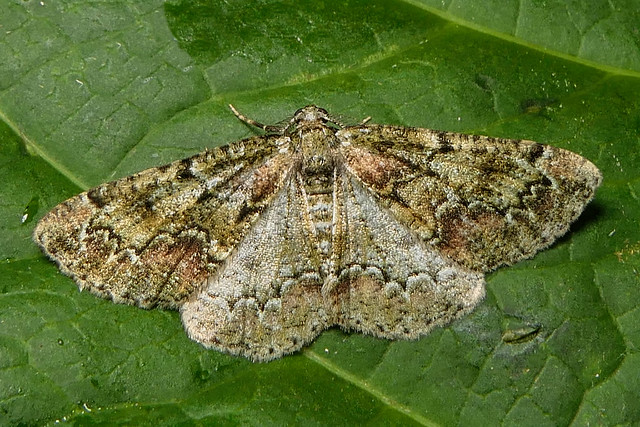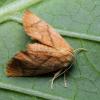
Macrolepidoptera is a traditional, informal grouping that encompasses the larger and more conspicuous moths within the order Lepidoptera. Though not a single, strictly defined taxonomic category, the macrolepidoptera share several recognizable traits: relatively large body size, broad wings, and often vivid or distinctive patterns that make them easier to observe and identify than smaller moths.
Common families included within this group are Noctuidae (owlet moths), Geometridae (geometer or inchworm moths), Sphingidae (hawk or sphinx moths), Saturniidae (silk moths), Lasiocampidae (eggars and lappet moths), and Notodontidae (prominent moths). Many species possess wingspans ranging from a few centimeters to over 20 centimeters in some tropical silk moths, making them among the most striking members of the Lepidoptera.
Macromoths are relatively well-studied and familiar to both scientists and amateur naturalists. Their size, abundance, and attraction to light make them suitable subjects for ecological surveys and biodiversity monitoring. Some species are key pollinators, while others are agriculturally significant as crop pests in their larval stages. Because of their accessibility and aesthetic appeal, macromoths have become emblematic of the nocturnal world of insects.
Although Macrolepidoptera is not a natural evolutionary grouping—modern molecular studies show that its members do not all share a common ancestor—the term remains widely used for practical purposes. It provides a convenient way to distinguish these larger, more readily identified moths from their smaller, often less conspicuous relatives.










